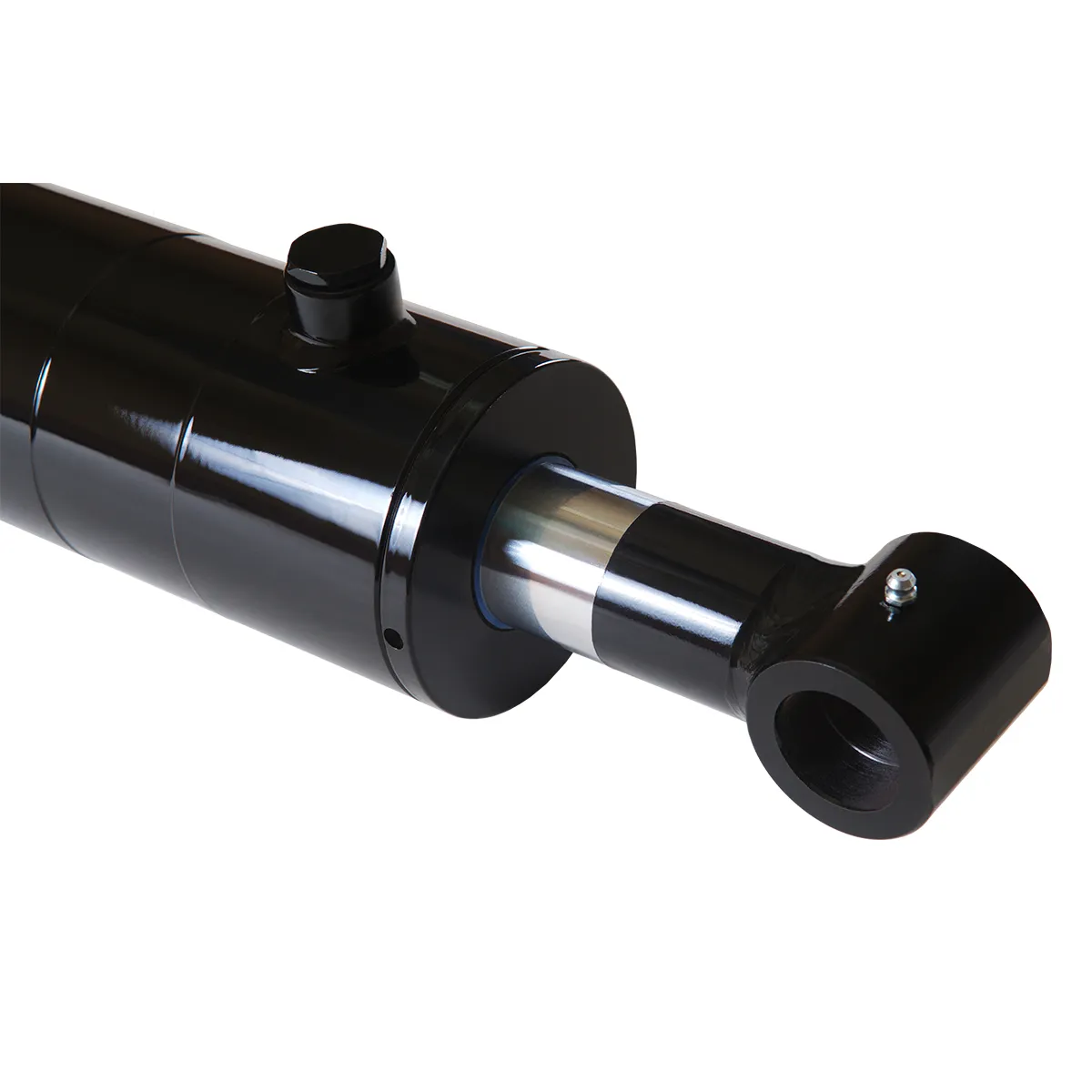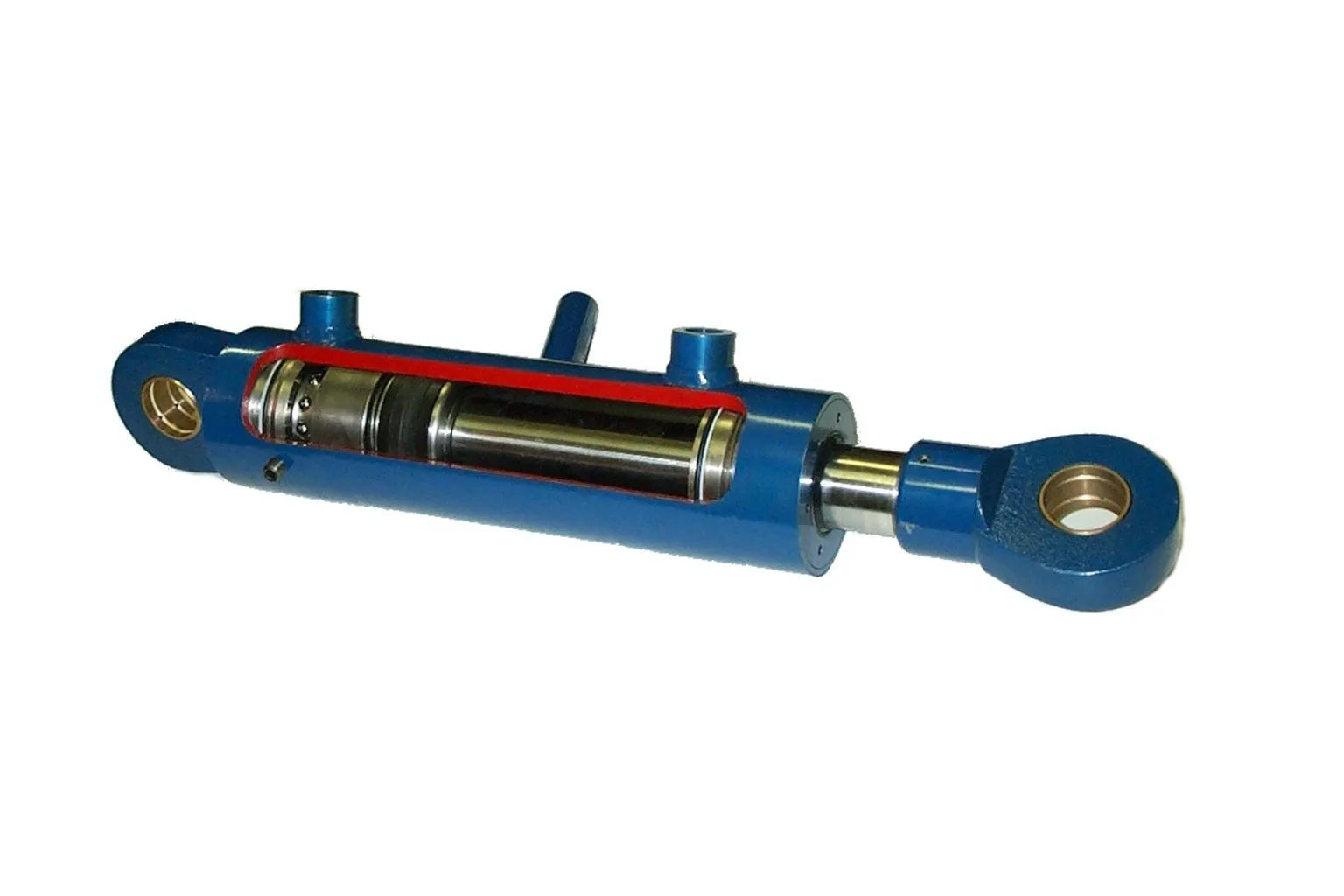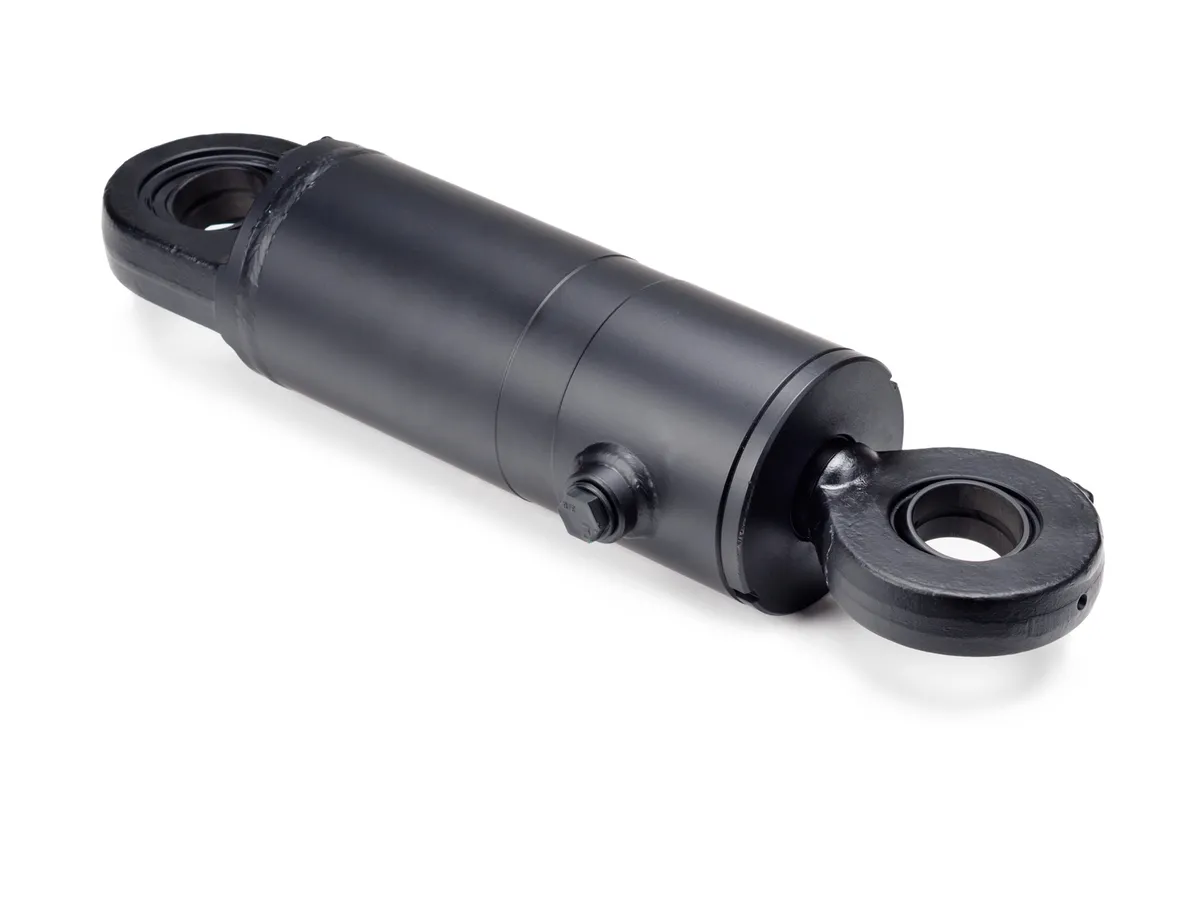Unlocking the Power: A Comprehensive Guide to Locking Single-Acting Hydraulic Cylinders
Introduction
Locking single-acting hydraulic cylinders are a vital component in various industries, providing safety and reliability in compact spaces. These cylinders work under hydraulic pressure in one direction and have a locking function to prevent movement in the absence of pressure.
Design and Construction Characteristics
Locking Mechanism – Safety
The main feature of locking single-acting hydraulic cylinders is their locking mechanism, which ensures the piston remains in a safe position even when hydraulic pressure is lost. This mechanism can be mechanical or hydraulic, preventing accidental retractions.

Variety
The design of the locking mechanism can be customized for specific applications, using spring-loaded devices, pin locks, or other mechanical locks. This customization ensures optimal performance in diverse settings.
Compact Structure – Space Optimization
Locking single-acting hydraulic cylinders are designed to be compact, making them ideal for space-limited environments. Their versatility allows them to be used in various equipment and machinery.

Precision Manufacturing – High-Precision Machining
These cylinders require components with high processing accuracy to ensure proper fit and sealing performance, minimizing the risk of leakage. Strict quality control measures are implemented to guarantee reliability.

Assembly Process – Specialized Assembly
Professional technicians are involved in the assembly process to ensure correct installation and calibration of components. Pressure tests are conducted post-assembly to confirm performance and tightness.
Working Principle
Locking single-acting hydraulic cylinders operate through a single-acting mechanism, where hydraulic oil extends the cylinder and a locking mechanism holds the piston in place. This prevents retraction under load, ensuring safety even in the absence of pressure.
Types and Configurations
There are three main types of locking single-acting hydraulic cylinders, each offering unique configurations to suit different applications. These variations provide flexibility and adaptability in various industrial settings.
Benefits
Locking single-acting hydraulic cylinders offer numerous benefits, including enhanced security, reliability, and simplicity. These advantages make them a preferred choice in industries where safety and efficiency are paramount.
Applications
These cylinders find applications in construction equipment, manufacturing, transportation, and aviation industries, where stability and safety are crucial. Their versatility and reliability make them indispensable in various settings.
Design Considerations and Selection Criteria
When choosing a locking single-acting hydraulic cylinder, factors such as bearing capacity, sealing, durability, safety, and maintainability must be considered. These design considerations ensure optimal performance and longevity.
Sealing and Lubrication
Proper sealing and lubrication are vital for the performance of locking single-acting hydraulic cylinders. Various seals and wear-resistant materials are used to enhance durability and efficiency, while regular lubrication ensures smooth operation.
Maintenance and Troubleshooting
Regular inspection and preventive maintenance measures are essential to ensure the longevity of locking single-acting hydraulic cylinders. Troubleshooting tips and solutions help diagnose and address common issues effectively, minimizing downtime.
Unit Power and Optimization
The unit power of locking single-acting hydraulic cylinders is influenced by factors such as cylinder diameter, operating pressure, piston speed, and load conditions. Optimizing the power unit can improve efficiency, energy savings, and reliability.

Company Focus
Our company is a leading hydraulic cylinder replacement manufacturer, offering a complete product line to meet various industry needs. With professional services, international certifications, and customized solutions, we strive to provide top-quality products and excellent after-sales service.
Author: lyl
